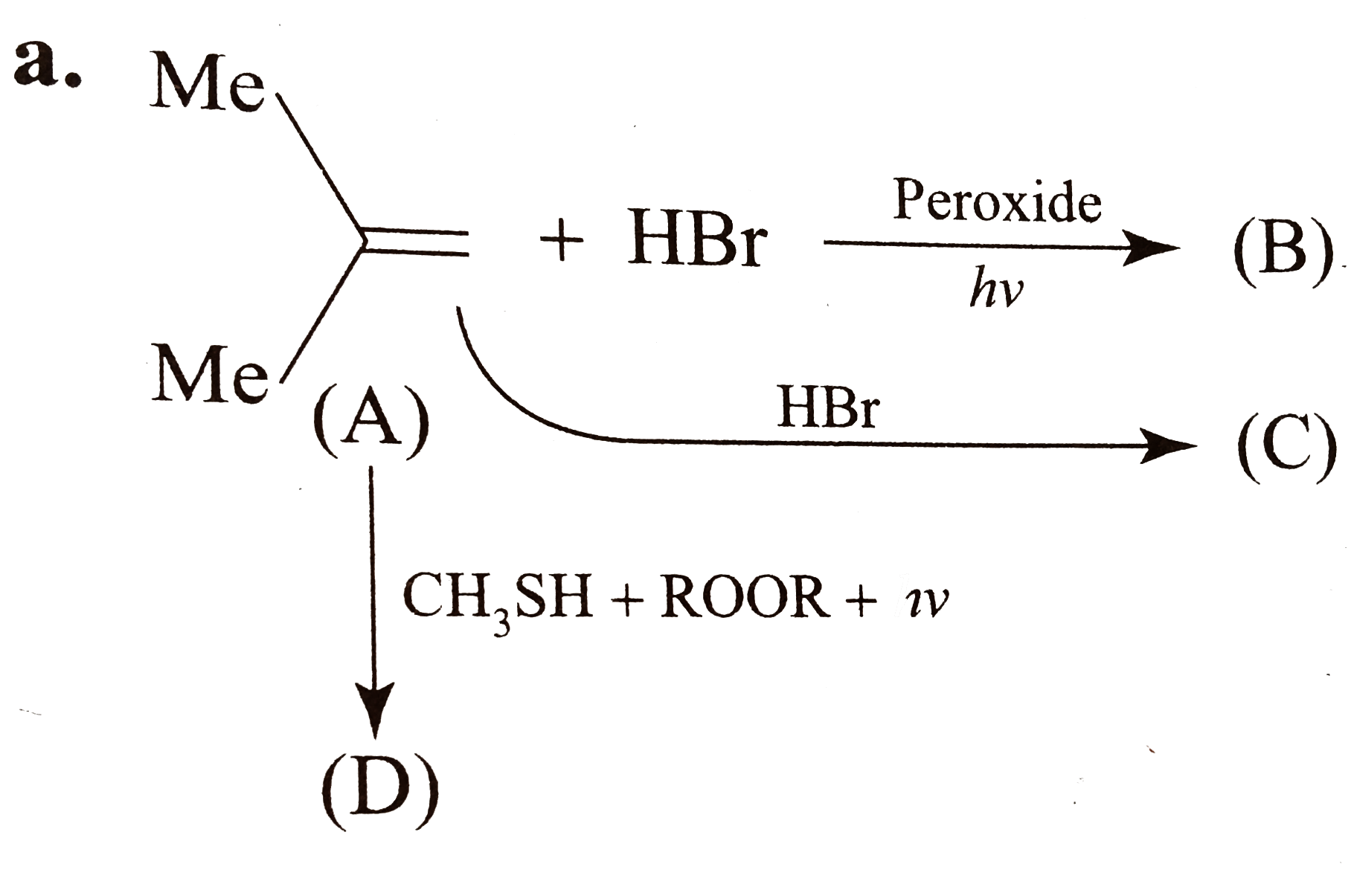Which of the following are locomotory movements?
a. Walking b. Running c. Climbing d. Flying e. Swimming
A
a,b and d
B
b,c and d
C
a, b, d and e
D
a, b, c, d and e
Video Solution
Text Solution
The correct Answer is:D
. Human beings can move limbs, jaws, eyelids, tongue, etc. Some of the movements result in a change of place or location. Such voluntary movements are called locomotion.
..Walking, running, climbing, flying, swimming are all some forms of locomotory movements.
|
Topper's Solved these Questions
- LOCOMOTION AND MOVEMENTBOOK - A2ZCHAPTER - LOCOMOTION AND MOVEMENTEXERCISE - Section A: Topicwise Questions Topic 2 : Skeletal Muscle And Structure Of Contractile Proteins
9 Videos
- LOCOMOTION AND MOVEMENTBOOK - A2ZCHAPTER - LOCOMOTION AND MOVEMENTEXERCISE - Section A: Topicwise Questions Topic 3 : Mechanism Of Muscle Contraction
25 Videos
- EXCRETORY PRODUCTS AND THEIR ELIMINATIONBOOK - A2ZCHAPTER - EXCRETORY PRODUCTS AND THEIR ELIMINATIONEXERCISE - Section C: Previous Years' Examination Questions (NEET/AIPMT Questions)
88 Videos
- MOCK TEST 1BOOK - A2ZCHAPTER - MOCK TEST 1EXERCISE - Exercise
90 Videos
Similar Questions
Knowledge Check
Which of the following joint helps in locomotory movements?
AFibrous jointsBCartilaginous jointsCSynovial jointsDAll of the aboveWhich of the following do not have locomotory organelles?
ARhizopodaBFlagellateCCiliataDSporozoaWhich of the following is not a locomotory organella of protozoans
APseudopodiaBCiliaCFlagellaDParapodia
Complete the following reactions :
a.
b.
c.
d.
e.
View SolutionIn which of the following protozoans locomotory structure are absent
View SolutionWhich locomotory movement is not correct
View SolutionWhich of the following type of movements are seen in human body?
a. Amoeboid b. Ciliary c. Flagellar d. Muscular
View SolutionWhich of the following below to class osteichthyes?
a. sea urchin, b. sea horse, c.flying fish, d. say fish, e. dog fish
View Solution










